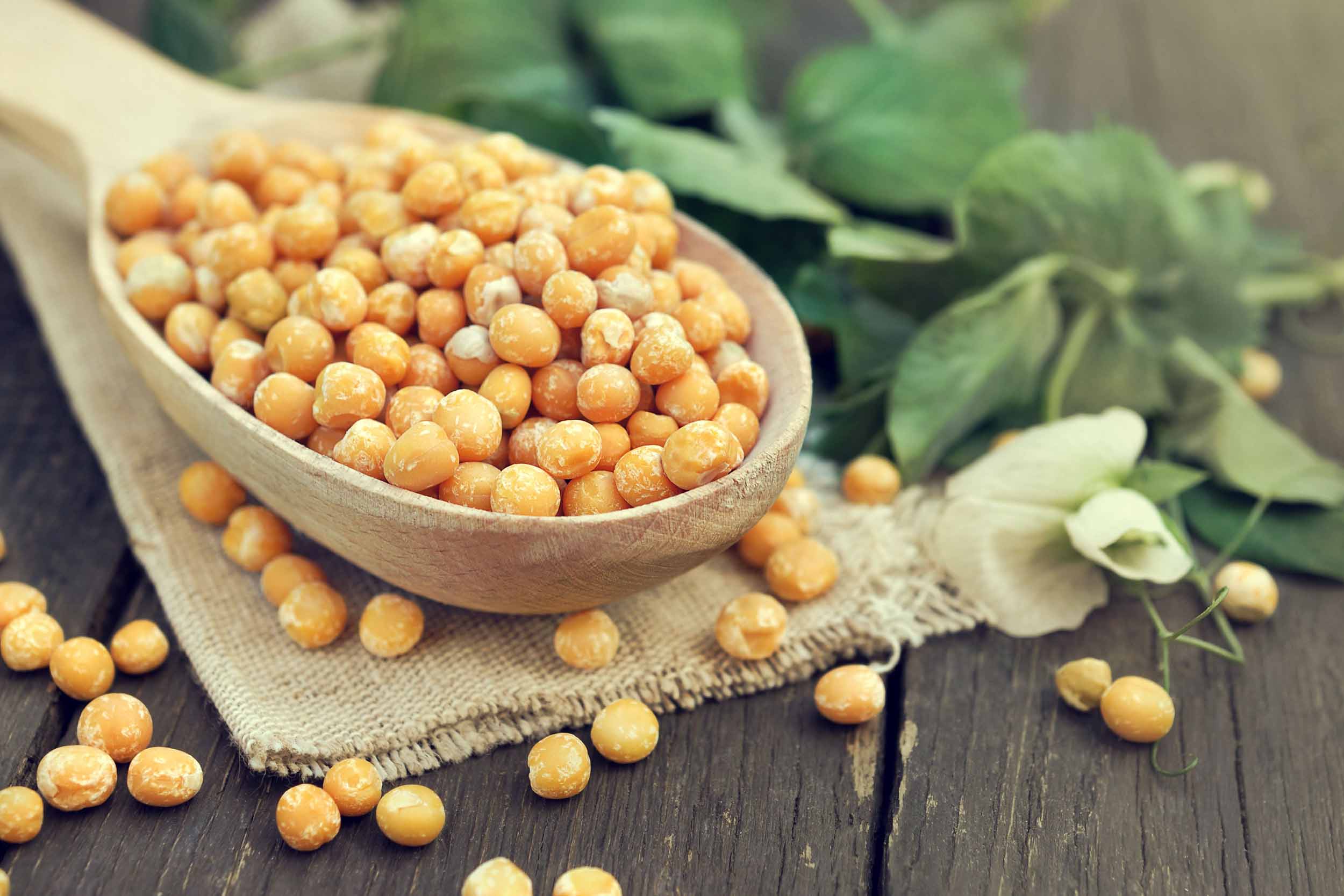Yellow peas have gained significant popularity in global and domestic markets as a valuable agricultural commodity. These unassuming but versatile legumes not only offer numerous health benefits but also provide a cost-effective solution to address protein deficiencies. In a world where access to affordable and nutritious protein sources is crucial, yellow peas have emerged as an outstanding option, emphasizing potential to stand against poverty and promote food security on a global scale.
Let’s explore the thriving global trade of yellow peas, shedding light on their humanitarian and economic significance, major producers, key importers, and emerging trends in the industry.
Humanitarian and Economic Significance
Protein deficiency is a significant concern in many parts of the world, particularly in developing countries. Yellow peas content rivals that of animal-based sources while standing out as one of the most affordable sources of protein available in the market, making them an ideal option for populations facing financial constraints.
Their cost-effectiveness is rooted in several factors. First, yellow peas are abundant in production, leading to a steady supply that helps stabilize prices. Additionally, they require minimal inputs such as water and fertilizer, making them economically attractive for both farmers and consumers.
Despite their cost-effectiveness, yellow peas are packed with essential nutrients. It is a rich source of protein, dietary fiber, vitamins, and minerals, making them a key addition to a balanced diet. Consuming yellow peas can help meet daily protein requirements, support muscle development, and promote overall health and well-being. As a result, they are used in the production of numerous food products, including soups, snacks, beverages, and pet food. Besides yellow peas are an essential ingredient in plant-based protein alternatives, contributing to the growing demand for vegetarian and vegan products. Moreover, they can be stored for extended periods without compromising nutritional value, making them a reliable and long-lasting food source in enhancing global food security.
Furthermore, it’s interesting to know that yellow peas have the unique ability to fix nitrogen from the air and convert it into a usable form in the soil. This natural process enhances soil fertility, reduces the need for synthetic fertilizers, and improves sustainable agriculture practices.
Major Players
Yellow peas cultivation is a worldwide undertaking involving numerous countries actively participating in its production.
Canada, Russia, and China are among the largest producers of yellow peas. Canada, in particular, has established itself as a leading supplier of high-quality yellow peas, benefitting from its favorable climate and advanced agricultural practices. Canadian yellow peas production accounted for approximately 30-40% of the global volume exporting around 3-4 million metric tons annually.
Do you know that Saskatchewan, a province in Canada, is often referred to as the “Pea Province” due to its significant contribution to yellow pea production?
Other countries such as the United States, Ukraine, India, and Australia are also major players in the market contributing to the global production of yellow peas, although their individual performed volumes may be slightly lower.
At the same time China and India stand out as the world’s largest importers of yellow peas, accounting for a substantial portion of global demand. The Chinese and Indian markets rely heavily on imports to fulfill its domestic requirements for pulses, including yellow peas, the annual import volume of which exceeded 2.5 million metric tons. Other notable importers include Bangladesh, Pakistan, the United Arab Emirates, and various European countries.
Emerging Trends and Market Dynamics
With sustainability becoming a global priority, yellow peas have acquired attention as a sustainable crop. They require less water and fertilizer compared to other crops, making them an environmentally friendly option.
Growing awareness of the health benefits associated with yellow peas has led to an increase in consumption worldwide. As consumers become more health-conscious and environment-protective, the demand for plant-based protein sources like yellow peas continues to rise.
The shift towards plant-based diets and the increasing popularity of meat substitutes have also significantly impacted the yellow pea market. Yellow pea protein isolate, derived from yellow peas, has emerged as a key ingredient in plant-based protein products, such as meat analogues, protein bars, and protein powders. Hence, the expanding global market for yellow peas presents lucrative export opportunities for producing countries, which are actively exploring new trade partnerships and investing in research and development to improve production techniques and expand their capabilities.
In conclusion, yellow peas have evolved from humble legumes to significant players in the global agricultural trade. Their versatility, nutritional value, and environmental benefits have propelled their popularity, making them an indispensable ingredient in various food products and plant-based alternatives.
The global yellow pea market stands at a valuation of US$ 2 billion in 2023 and is estimated to reach US$ 3.6 billion by the end of 2033. Maxwer keeps paying a lot of attention to global food supply chains providing structured trade finance solutions for small and medium producers, exporters, and importers.


